The SNAP development team is pleased to announce a new SNAP release.
The different installers for the supported platforms can be downloaded.
New in SNAP 9.0.0
SNAP 9 provides several new tools, features and bug fixes to the users. The noteworthy news is highlighted in the following sections. For the full list of changes check our issue tracker: snap9_changelog
New ZNAP Data Format
With SNAP 8, we provided a first look on the newly developed data format. Now we are considering it as feature complete. This new format shall replace the BEAM-DIMAP format as SNAPs default format. For now, BEAM-DIMAP is still the default. The ZNAP format has some benefits. Smaller footprint on disk, faster writing, and it uses a single file or directory for storing the data. As format for the binary data Zarr is used by default. This allows Python developer to read the data easily with Xarray, for example. Even binary data format can be configured and GeoTiff or NetCDF can be used to store the binary data.
Improved Colour Manipulation Tool
Our friends from the NASA OBPG, who develop SeaDAS, have improved the Colour Manipulation Tool. Some points which have been enhanced are:
- Auto-applied color schemes based on a band-name lookup (configurable in preferences)
- Palette reversal capability
- Color Manipulation preferences page
- Some new RGB profiles and Colour Palettes
- New auto-range adjustment buttons
Copernicus 90m and 30m DEM
The new Copernicus DEM replaces the SRTM as the default free and open Digital Elevation Model.
Sentinel-1 Toolbox
The Sentinel-1 Toolbox continues to support most SAR missions with updates to the Sentinel-1 format and support for Cosmo-Skymed SG, Gaofen-3 and Spacety. ARD functionality has been enhanced with the addition of a Noise Power Image and Gamma-to-Sigma ratio image in Terrain Flattening and the estimation of noise equivalent beta0, sigma0 and gamma0 in Thermal Noise Removal. InSAR functionality now includes ionospheric estimation and correction using a splitbandwidth approach and retrieval of Vertical and E W motion components from a pair of interferograms. Polarimetric processing now includes Kennaugh Matrix, and Huynen, Krogager, Cameron, Yang decompositions as well as Radar Vegetation Indices.
Sentinel-2 Toolbox
The GDAL version is updated from 3.0.0 to 3.2.1. Also, a plugin for COG writer was added. Some corrections were made for visual artifacts noticed in produced images when writing in parallel, from multiple threads, with GDAL. SNAP 9 allows users to configure which installed GDAL distribution is used by SNAP (when the user desires to use an installed distribution instead of the internal one, and there are several GDAL versions installed).
Improvements were made for operators whose UI was not well functioning in Graph Builder (Reflectance to Radiance, Spectral Angle Mapper, Multi-size Mosaic, GeFolki Co-registration).
Windowed Reading of Products is now available in Graph Builder. It allows specifying in Graph Builder, for read operation, a window (spatial subset) of either pixel coordinates or geographical coordinates, so that, the reader will read directly the region of interest as a full-fledged product.
New plugins adapter for MAJA 4.5.3 and Sen2Cor 2.9 are added in SNAP menu.
Sentinel-3 Toolbox
The Sentinel-3 Toolbox offers some new operators which are mainly dedicated for the pre-processing of Sentinel-3 data. There is the OLCI Anomaly Detection operator which can detect and flag anomalous pixels, an operator which harmonises the data of OLCI A and B and an operator which can perform Dark Object Subtraction (DOS) on optical data.
For OLCI L2 Land and Water data the Quality Working Group (QWG) have defined recommended flags. They are now incorporated in the products as masks and should be considered when using the data. In addition, an operator is now available which makes MERIS 4th reprocessing data compatible with already existing operators. This allows to use the new data set with older operators. In SNAP8 the pixel-based geo-coding has been reimplemented, in this release further improvements have been achieved. Now the Sentinel-3 data uses the pixel-based geo-coding by default and not the tie-points anymore. Support for Landsat Collection-2 has been implemented. Supported are Level-1 and Level-2 data.
Enjoy the new release
The SNAP Team

When should we expect an update on the community plugins as well? Looking for the NOVASAR Reader.
Well spotted Cristina, I also noticed that even after turning on the Community Plugins page, the NovaSAR reader does not turn up. @oana_hogoiu
The deployment of additional plugins is done progressively after the major release. They should appear now
Yup, works now. Thanks @mengdahl and @oana_hogoiu
Heartiest appreciation to all who have been involved in development, configuration and release of SNAP 9. Thanks SNAP team.